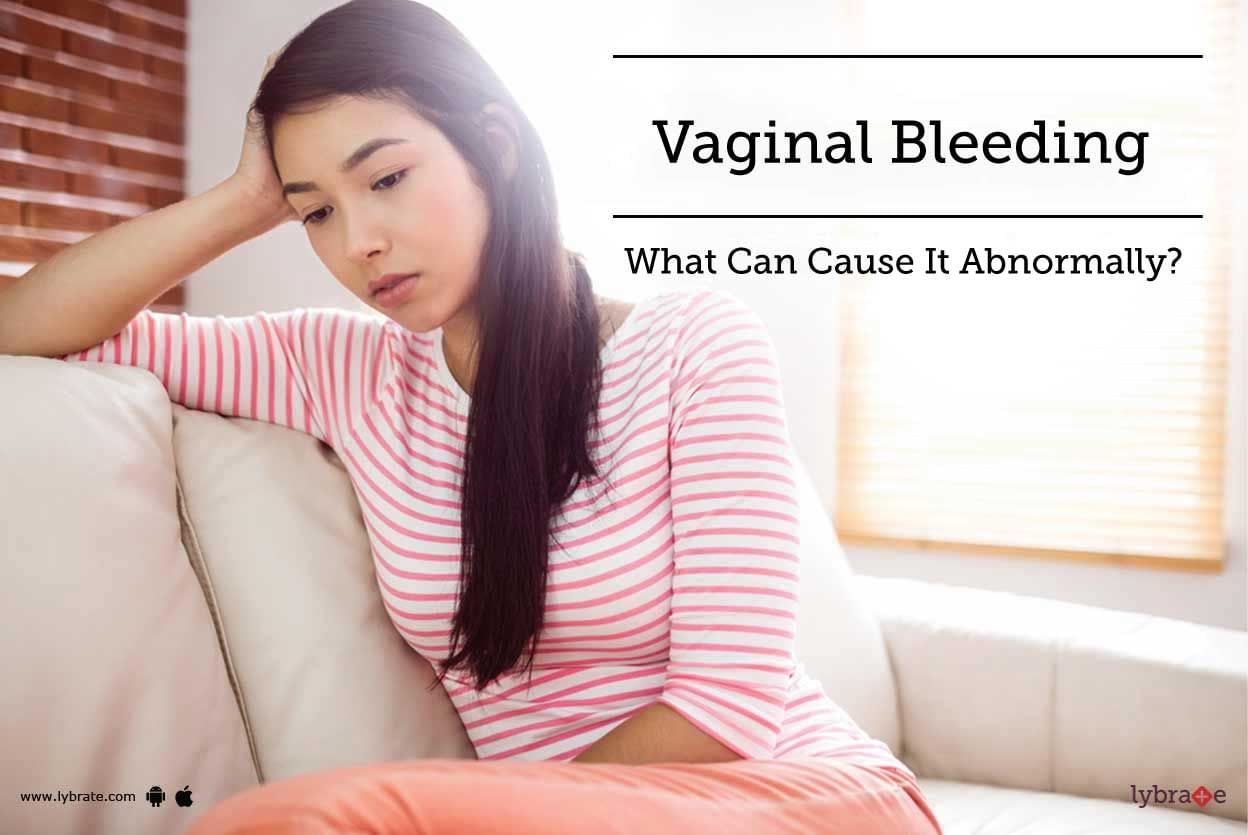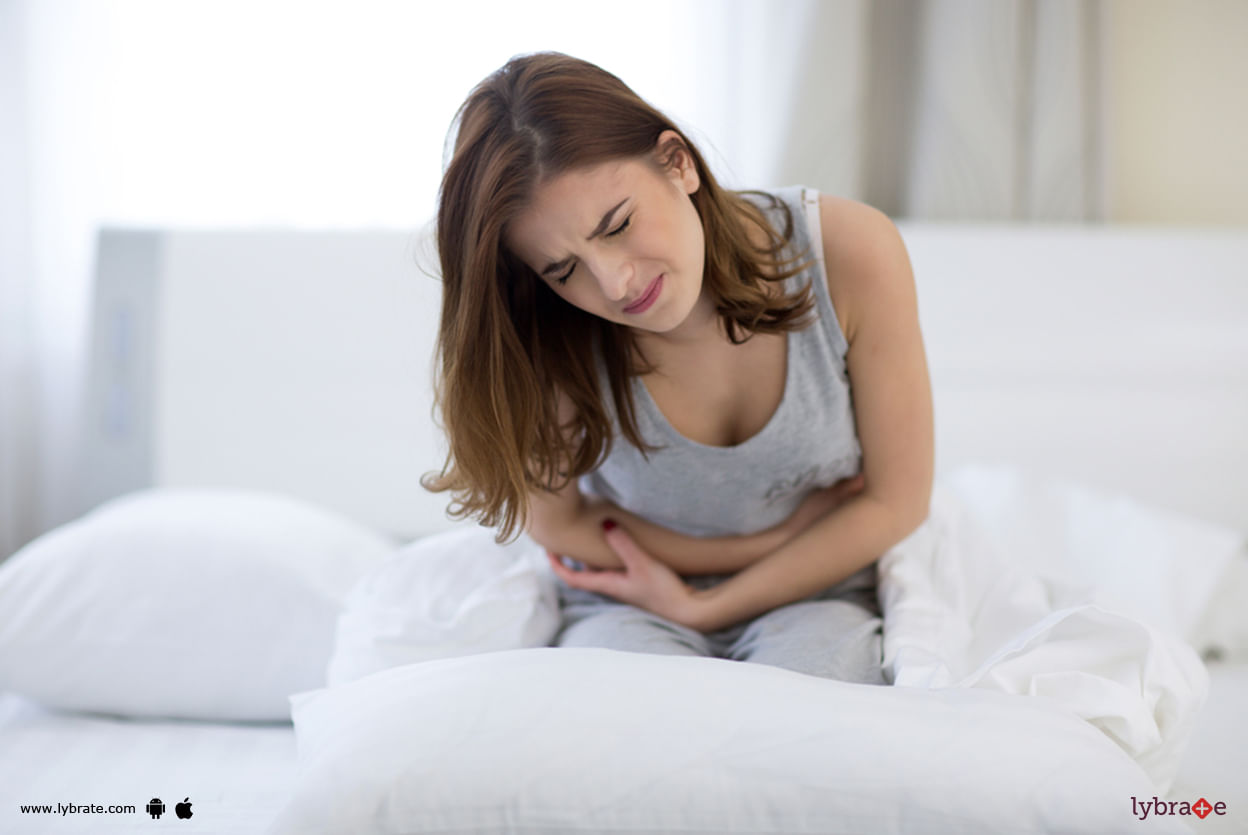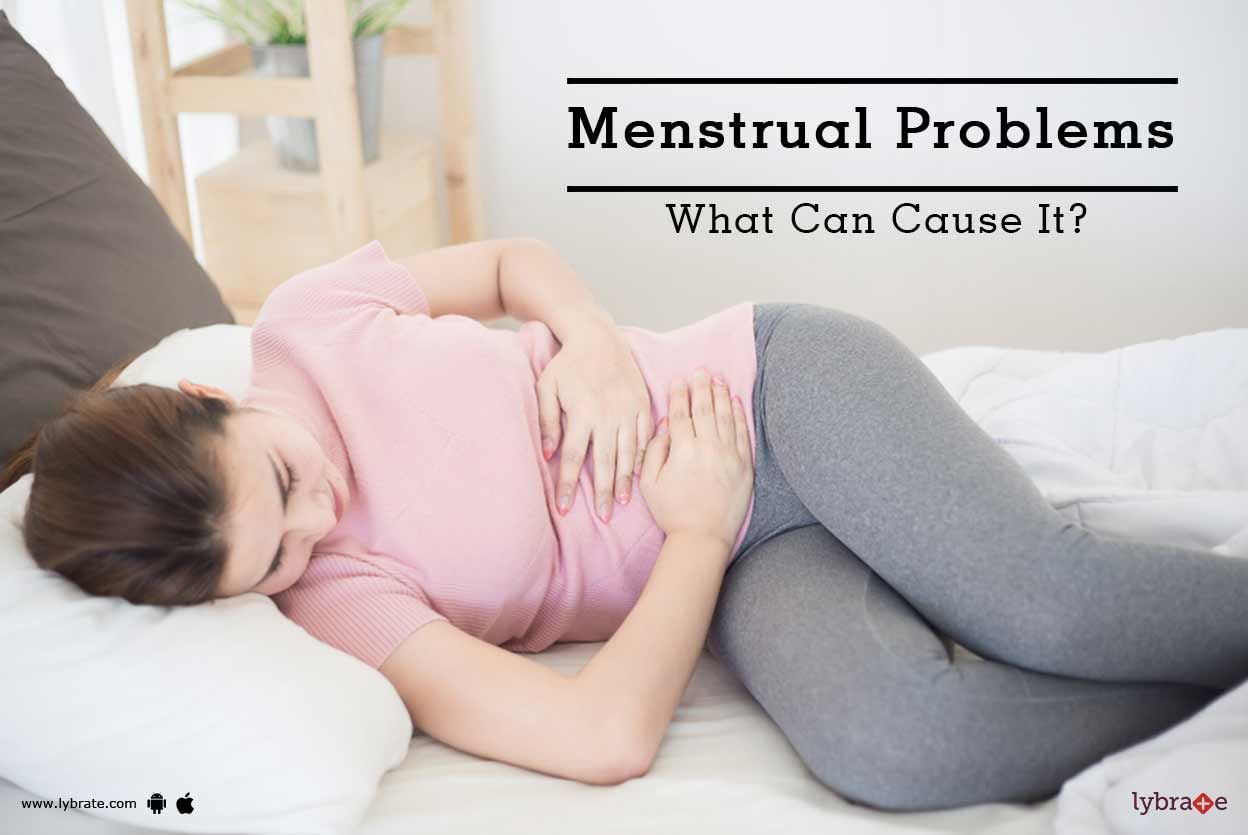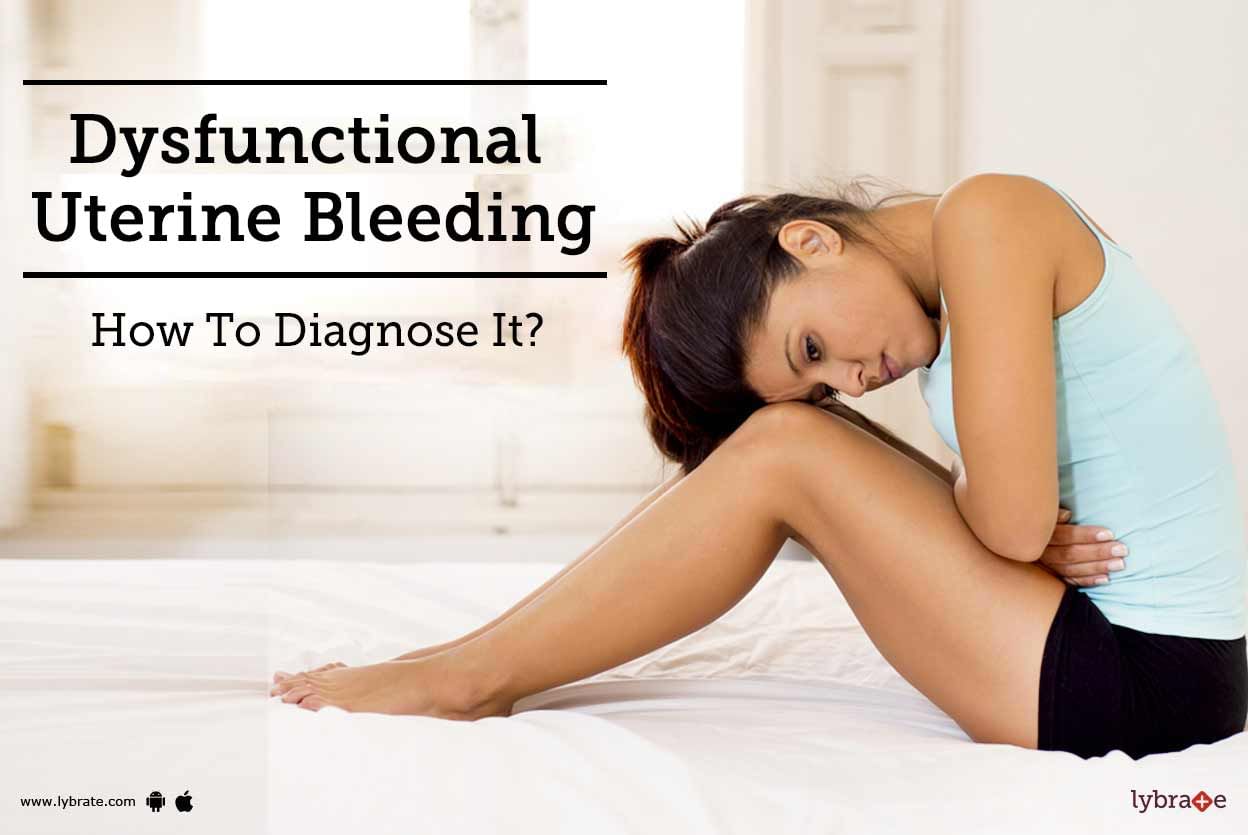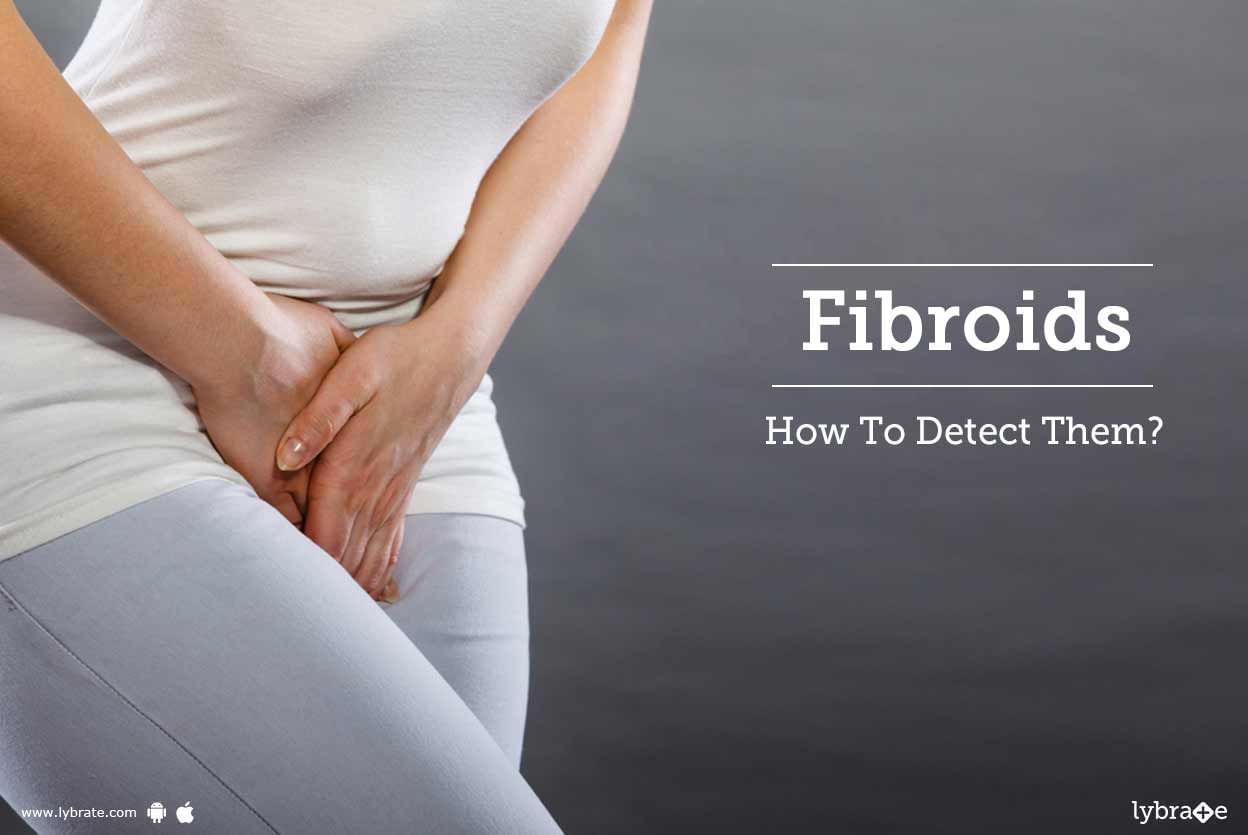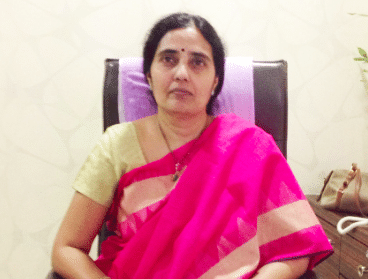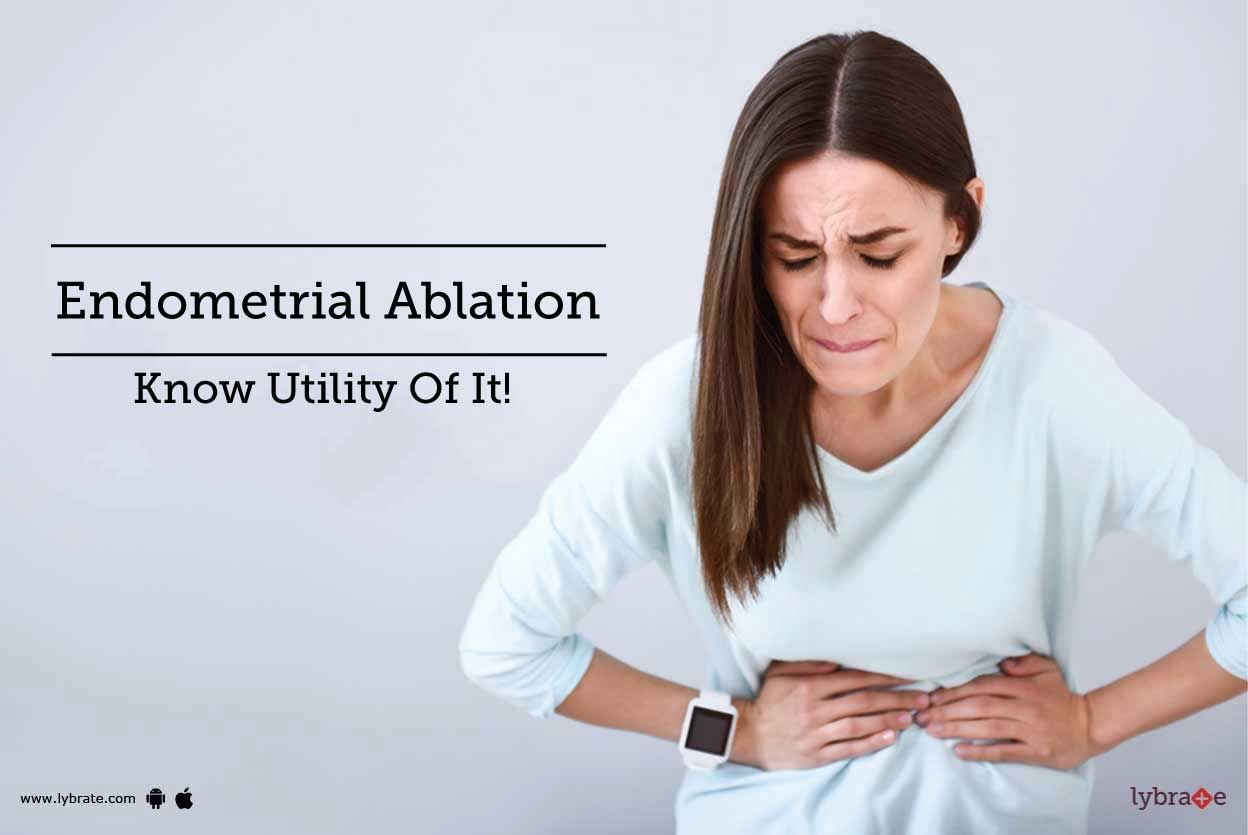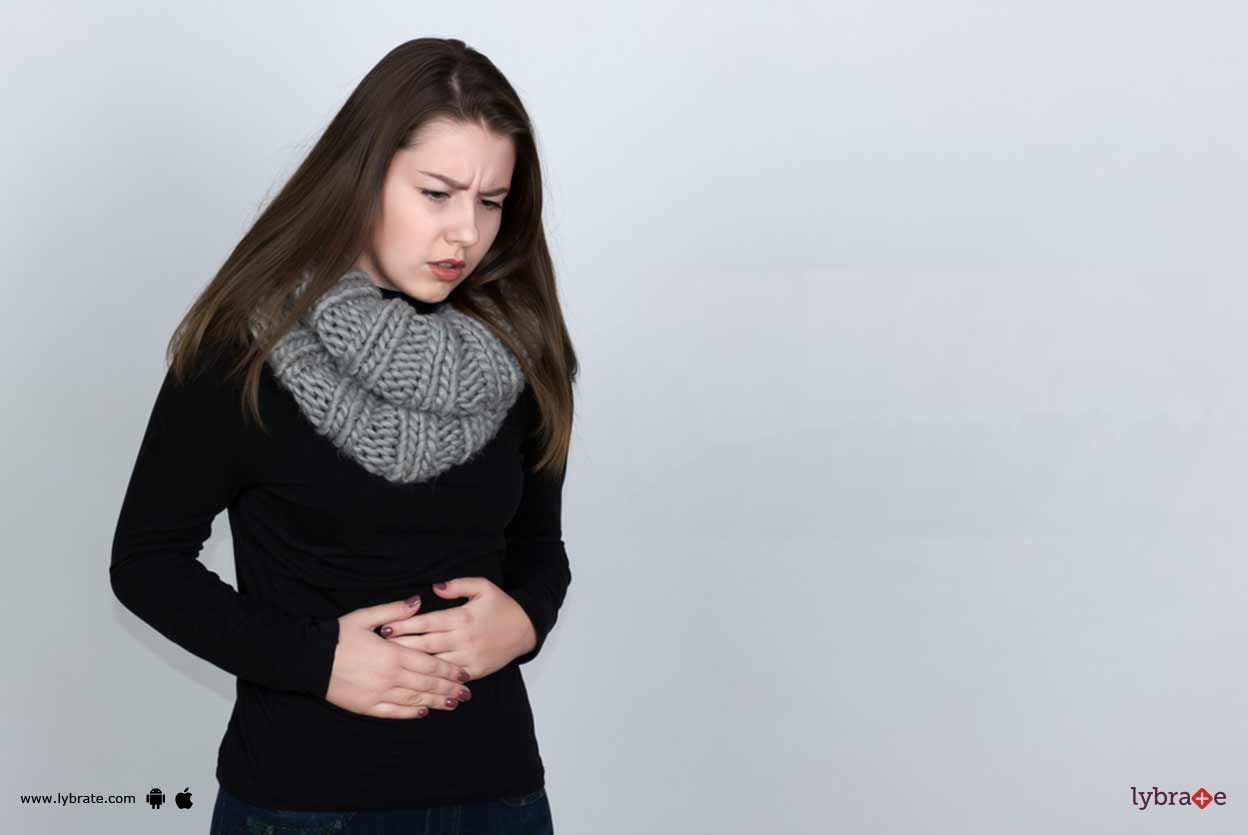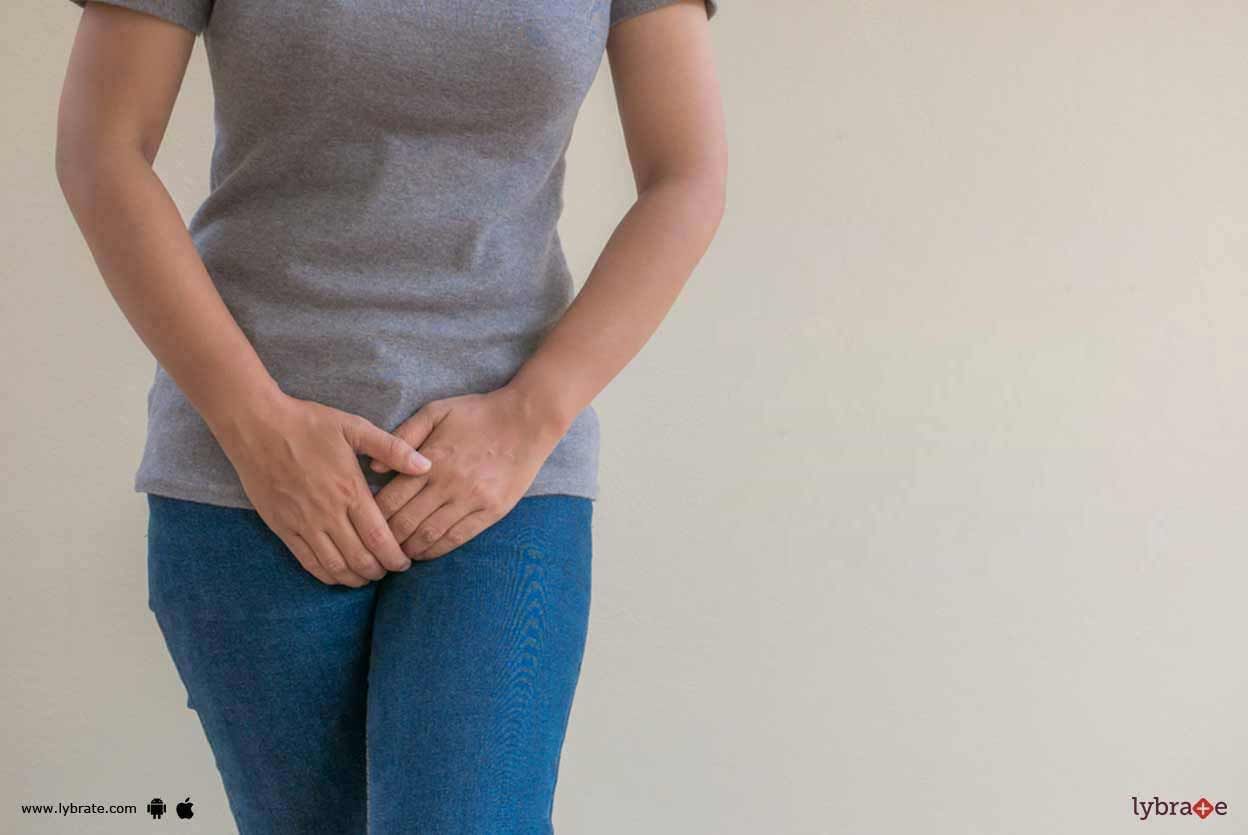Get the App
For Doctors
Login/Sign-up
Health Feed
Find Doctors
Health Packages
AllQ&AsTipsQuizzes
Bleeding between Periods Tips
Last Updated: 6 years ago• Featured Tip
Share
Bookmark
Report
Vaginal bleeding is something that most women experience between their periods when they are not due for a menstrual cycle. It is considered as an abnormal occurrence when you bleed before you are expecting your menstrual period, or after you are done with your monthly cycle. It is usually characterised by bouts of spots where a thick brown reddish discharge may be experienced. Also, this kind of bleeding is considered abnormal if it occurs during pregnancy or menopause.
Here are a few ...more
Here are a few ...more
Last Updated: 6 years ago• Featured Tip
Share
Bookmark
Report
Uterine fibroids, also referred to as uterine myomas) are non-cancerous tumors that grow within the muscle tissue of the uterus. As many as 20% to 50% women between the age group of 18 to 40 suffer from the condition, but not all cases warrant treatment.
It may be as tiny as a coin or it may grow to the size of a watermelon, making people think the lady is 6/7 months pregnant! There may be one big fibroid or several small ones.
Causes:
Though the exact causes are not...more
It may be as tiny as a coin or it may grow to the size of a watermelon, making people think the lady is 6/7 months pregnant! There may be one big fibroid or several small ones.
Causes:
Though the exact causes are not...more
Last Updated: 6 years ago• Featured Tip
Share
Bookmark
Report
Menstrual disorders are caused by a variety of factors and affect every woman in a different manner. In most cases, it manifests itself in the form of fluctuations in menstrual flow and irregularity in the monthly cycle. Certain disorders are not too severe and can be easily alleviated. Others are more complicated and require the immediate attention of a gynecologist.
As mentioned, there are different specific causes of different kinds of disorders resulting from a range of factors such...more
As mentioned, there are different specific causes of different kinds of disorders resulting from a range of factors such...more
Last Updated: 6 years ago• Featured Tip
Share
Bookmark
Report
As a woman goes through life, her hormonal levels change quite dramatically and this can be quite impactful. However, sometimes the impact is not a good one! This can be said to be the cause when it comes to dysfunctional uterine bleeding. This sort of bleeding occurs when the levels the hormones are at cause the menstrual cycle of the woman to become erratic.
Understanding the Diagnosis
When it comes to the diagnosis of an issue such as this, the process must include the ruling out...more
Understanding the Diagnosis
When it comes to the diagnosis of an issue such as this, the process must include the ruling out...more
Last Updated: 6 years ago• Featured Tip
Share
Bookmark
Report
Fibroids are a very common tumour which is seen in the female reproductive system. These are also known by the names of leiomyomas, or fibromas and are firm, compact tumours which are made out of muscle cells or fibrous connective tissues. It mostly affects the uterus and the area surrounding it. According to a study, it has been found that 25-50% of the women experience Fibroids during their reproductive age but not all of them need treatment.
Fibroids also appear during child bearing ...more
Fibroids also appear during child bearing ...more
Last Updated: 6 years ago• Featured Tip
Share
Bookmark
Report
What is dysmenorrhoea?
Dysmenorrhoea is painful menstruation; although it s normal for most women to have mild cramps but few women experience severe pain due to which they are not able to do daily routine work.
Dysmenorrhoea or painful menses is one of the most common gynecological symptoms and is affecting many women in their reproductive age.
Risk factors for dysmenorrhea -
Young age
Early menarche
Heavy menstrual flow
Nulliparity (state in which a w...more
Dysmenorrhoea is painful menstruation; although it s normal for most women to have mild cramps but few women experience severe pain due to which they are not able to do daily routine work.
Dysmenorrhoea or painful menses is one of the most common gynecological symptoms and is affecting many women in their reproductive age.
Risk factors for dysmenorrhea -
Young age
Early menarche
Heavy menstrual flow
Nulliparity (state in which a w...more
Last Updated: 6 years ago• Featured Tip
Share
Bookmark
Report
Slight discomfort and pain is normally associated with every woman's monthly menstrual cycle. However, for some women, this discomfort can restrict their normal activities and put them in a lot of pain. This is often accompanied by heavy menstrual bleeding. Medication is usually the first line of treatment for heavy periods, but if this is not effective surgical options may need to be looked at. Amongst the surgical ways to deal with painful menstruation and heavy bleeding is a procedure known a...more
Last Updated: 6 years ago• Featured Tip
Share
Bookmark
Report
Dysmenorrhoea is the term used to describe painful periods. Normal ovulatory menstruation can be painful, but when it affects one s routine for example absence in school or office or unable to do day-to-day activities, it has to be investigated and treated. Women of any age can experience painful periods. Some women find periods are no longer painful after pregnancy and childbirth
Symptoms of dysmenorrhoea
Pain low in the abdomen that can spread to the lower back and legs
<...more
Symptoms of dysmenorrhoea
Pain low in the abdomen that can spread to the lower back and legs
<...more
Last Updated: 6 years ago• Featured Tip
Share
Bookmark
Report
It is perfectly normal for women to experience the periodic monthly bleeding cycle. However, if a woman experiences uterine bleeding which is abnormal and dysfunctional, it could be a symptom of infection. Other causes of abnormal uterine bleeding include hormonal imbalance, infection in cervix and cancer of the uterus. Many women can also experience abnormal uterine bleeding during the first trimester of pregnancy.
The following are considered to be abnormal or dysfunctional uterine bl...more
The following are considered to be abnormal or dysfunctional uterine bl...more
Last Updated: 6 years ago• Featured Tip
Share
Bookmark
Report
Uterine fibroids are benign tumours that develop within the uterus during a woman s reproductive years when the levels of oestrogen hormone are high. These are usually seen developing between 16-50 years of age and affect nearly 30% of all women by the time they reach 35 years.
Types of Uterine Fibroids -
Based on the site of location in the womb, uterine fibroids are broadly classified into four types, as mentioned below
Intramural Fibroids These are the most commonl...more
Types of Uterine Fibroids -
Based on the site of location in the womb, uterine fibroids are broadly classified into four types, as mentioned below
Intramural Fibroids These are the most commonl...more
Book appointment with top doctors for Bleeding between Periods treatment
View fees, clinic timings and reviews
Ask a free question
Get FREE multiple opinions from Doctors
posted anonymously


